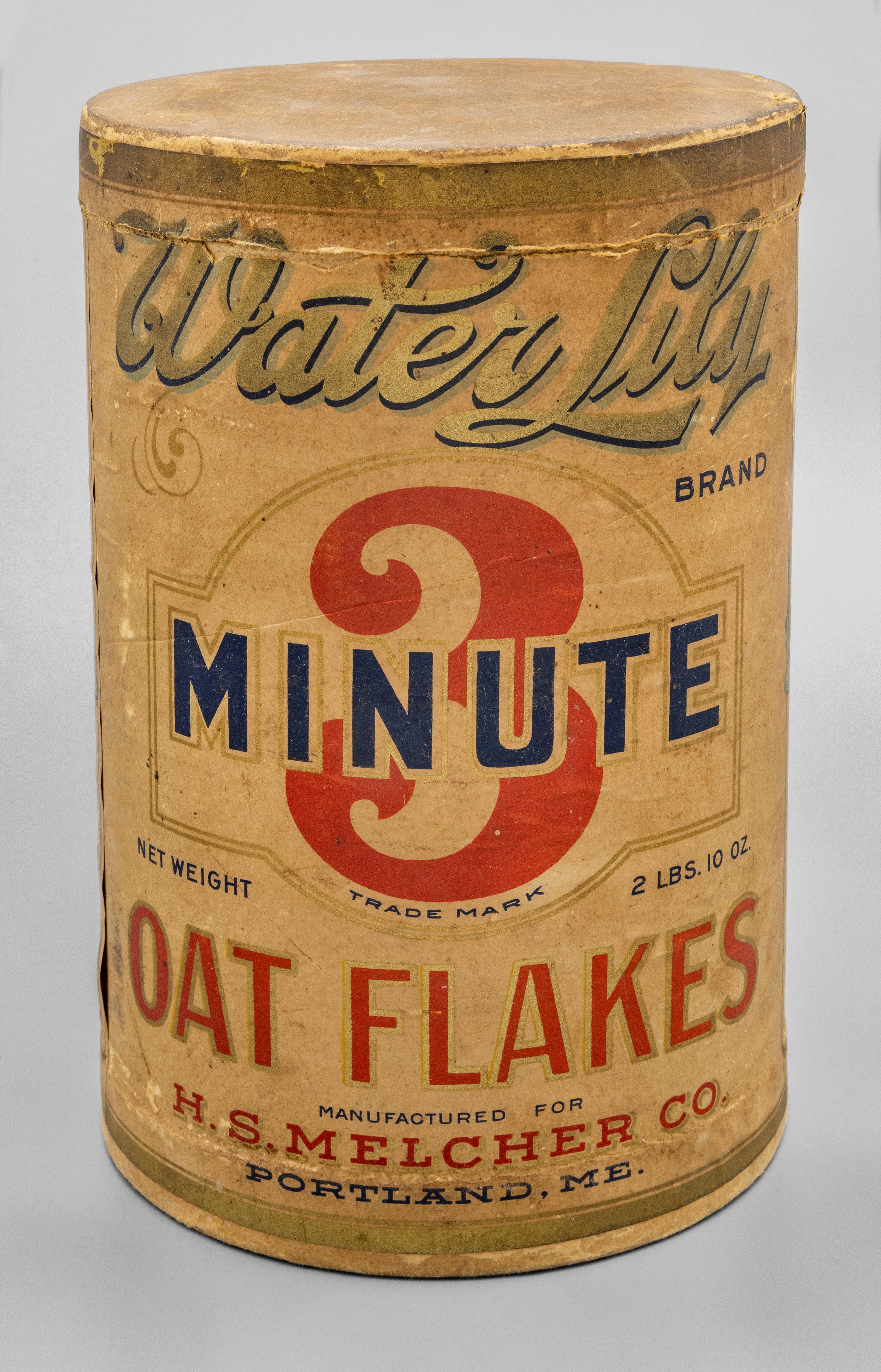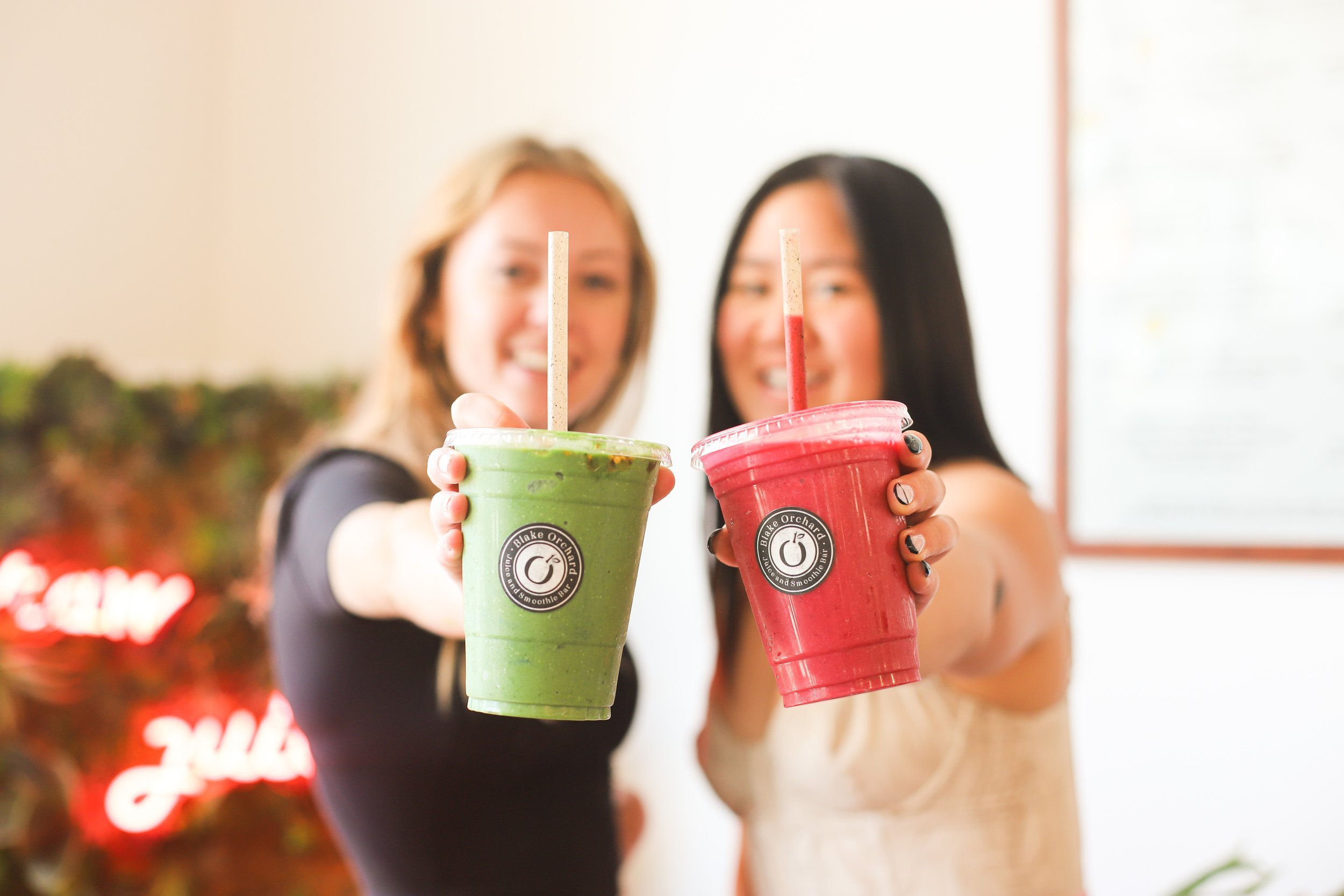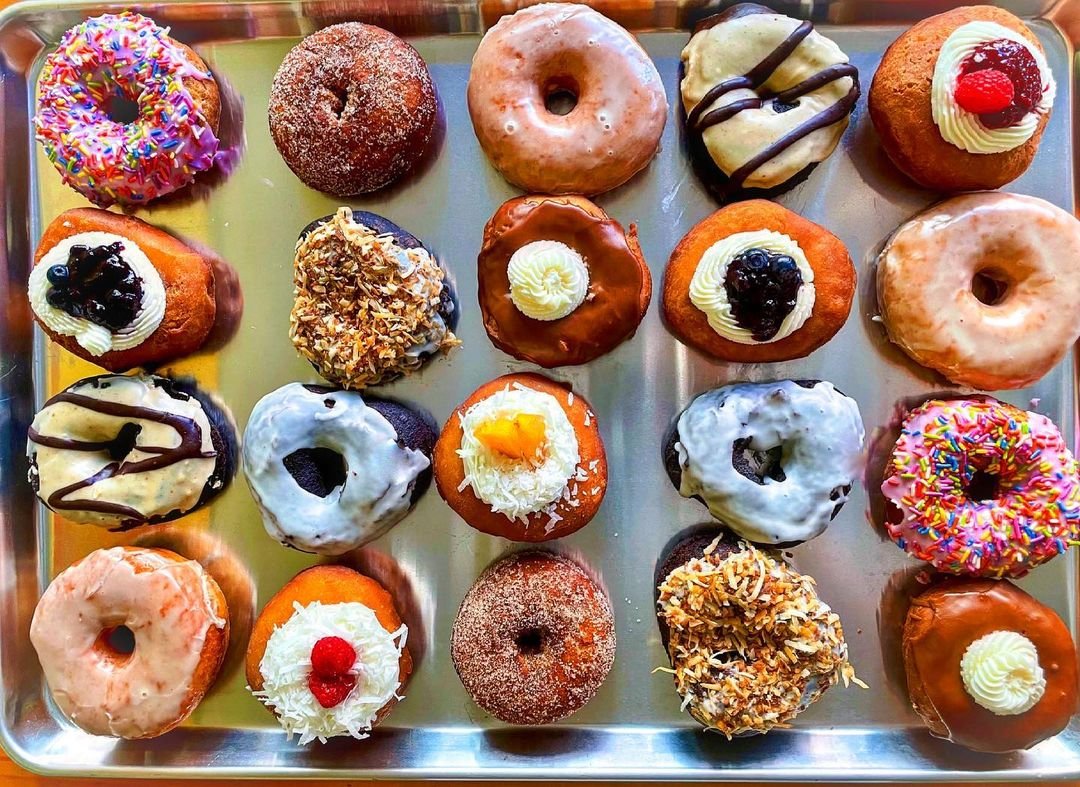Great ideas for eating more local
Eat local and support Maine farmers
When we reduce the distance between our food source and our plates, we also reduce the amount of carbon emissions released in its transport. Find your local farmers market, with dates, times and vendors on the Maine Federation of Farmers’ Markets.
You can also sign up for a CSA farm share (community supported agriculture). This subscription-based model allows you to pay farmers upfront to receive fresh, in-season weekly shares of the harvest. Lots of Maine farms offer CSAs throughout the year, including winter and full pantry shares now, too!
Hook into a food hub to find sources of local food and produce in your area. Food hubs are different from farmers’ markets, farm stands, and CSAs. They act as intermediaries allow smaller producers to act collectively so that they have more market appeal—and access—to larger buyers than they would have on their own. They also help support healthier communities by aggregating enough produce from small farmers to serve institutions like schools and hospitals. Food hubs in Maine include Good Food Council, CrownOMaine and Fork Food Lab, which serves as an incubator and manufacturing facility for Mainers to lauch food businesses.
Try some simple substitutions to make your plate more local: lemon balm instead of lemon zest in recipes, local butter instead of cooking oil, diced up apples in your cereal or oatmeal instead of bananas, and so on. When you’re baking, you can use local honey or maple syrup instead of sugar. King Arthur Flour offers a handy resource for substituting liquid sweeteners for solid.
Think beyond produce, too: eating local isn’t limited to fruits and veggies; in Maine, you can buy local honey and maple syrup; oats, wheat, cornmeal and other grains; cheese, dairy, poultry and meat; seafood; tea, herbs and sea salt; certain nuts and seeds like sunflower and acorns; cider vinegar; wild-foraged foods like mushrooms, and more!
Drink local: check out the Maine Brewshed Alliance and enjoy local beers by producers working to protect Maine’s watershed.
If you’re having a wedding or hosting a gathering, choose a farm-to-table caterer who sources ingredients locally.
Did you know?
In the United States, an average meal travels about 1,500 miles to get to your plate. What choices can you make to drastically reduce this number?
(Natural Resources Defense Council)
Check out the Maine Food Atlas, a searchable directory to help you discovery all of the pieces of the local food system in your community. From producers to processing, manufacturing and distribution to local stores, the Food Atlas is a great way to get the pulse of Maine’s vibrant food scene. Real Maine is another great resource. This site sponsored by the Maine Department of Agriculture, Conservation and Forestry provides information on finding local food, farm and forest producers as well as events and other agricultural connections in Maine. Finally, if you’re heading to Portland and not sure where to eat, check out the Portland Food Map for the lowdown on all things foodie in Portland.
Interested in the policy side of local foods? The Maine Food Strategy is an initiative to create a network of organizations, businesses and individuals contributing to the growth, production and distribution of food in Maine. The website includes events, data and resources, and inclusive ways to get involved.
Choose organic and sustainably farmed food
Keep track of the Dirty Dozen, updated yearly by the Environmental Working Group. Choose organic when buying any of these top 12 most pesticide-ridden fruits and veggies. (The Clean Fifteen are the produce items with the lowest amounts of pesticides detected.)
Check out our article for where to pick your own organic / low-spray strawberries, raspberries, blueberries and apples in Maine. Picking your own fruit is fun, family-friendly activity that strengthens your connection to your food!
Look for Fair Trade certified products. The Fair Trade certification is a good way to ensure that the products you purchase come from responsible companies that empower farmers, workers and fishermen and protect the environment.
Seafood Watch helps consumers and businesses choose seafood that’s fished or farmed in ways that support a healthy ocean, now and for future generations. Learn more at seafoodwatch.org. In Maine, the Gulf of Maine Research Institute works to increase the use of regional seafood and raise consumer awareness of abundant species in the Gulf of Maine. Learn about their initiatives to help you identify local and sustainably caught seafood.
Eat more plants
Animal agriculture contributes 14.5% of greenhouse gases—more than all transportation combined—making it the #2 leading cause of greenhouse gas emissions. According to the Environmental Working Group, if a four person family skips meat and cheese one day a week, it would the same amount of resources as taking a car off the road for 5 weeks or shortening everyone in the family’s shower by 3 minutes.
Try a “no-meat Monday,” go vegetarian or vegan, or just focus on plants over animal protein: veggie-based diets are less demanding on the environment. Check out the Vegetarian Resource Group for resources, as well as our many articles on eating vegan & vegetarian in Maine!
If you do eat meat, opt for (local, organic), chicken and turkey, which have the lightest carbon footprint of all animal proteins. Avoid lamb, which has the highest carbon footprint—50% higher than beef.
Eating Vegan & Vegetarian in Maine
Grow and preserve your own food
Learn how to preserve the harvest when it is in season, and you’ll enjoy healthy, local foods all year long. (UMaine Cooperative Extension, Frinklepod Farm, MOFGA and Wolfe’s Neck Farm all offer classes).
If you have the space and your community allows it, keep backyard chickens. They help control bugs and weeds naturally, they create excellent organic fertilizer, and you can’t get eggs more local and fresh!
Tight on outdoor space? Plant an indoor food garden and grow everything from herbs to tomatoes. You can also learn how to forage for wild edibles: check out classes at Maine Primitive Skills Schools or learn about mushrooming at Maine Mycological Association.
Help underserved communities grow food gardens. Seed Money (formerly Kitchen Gardens International) started right here in Maine and offers financial and technical support to a wide variety of public food garden projects. These include community gardens, school gardens, food bank gardens, homeless shelter gardens and senior gardens.
Happy, healthy, sustainable. Subscribe to Green & Healthy Maine magazine!
Green & Healthy Maine is published by TheSunriseGuide, LLC. This article originally ran in the 2020 SunriseGuide.















These Maine farms are fun for the whole family with pick-your-own organic strawberries, raspberries, blueberries and apples.